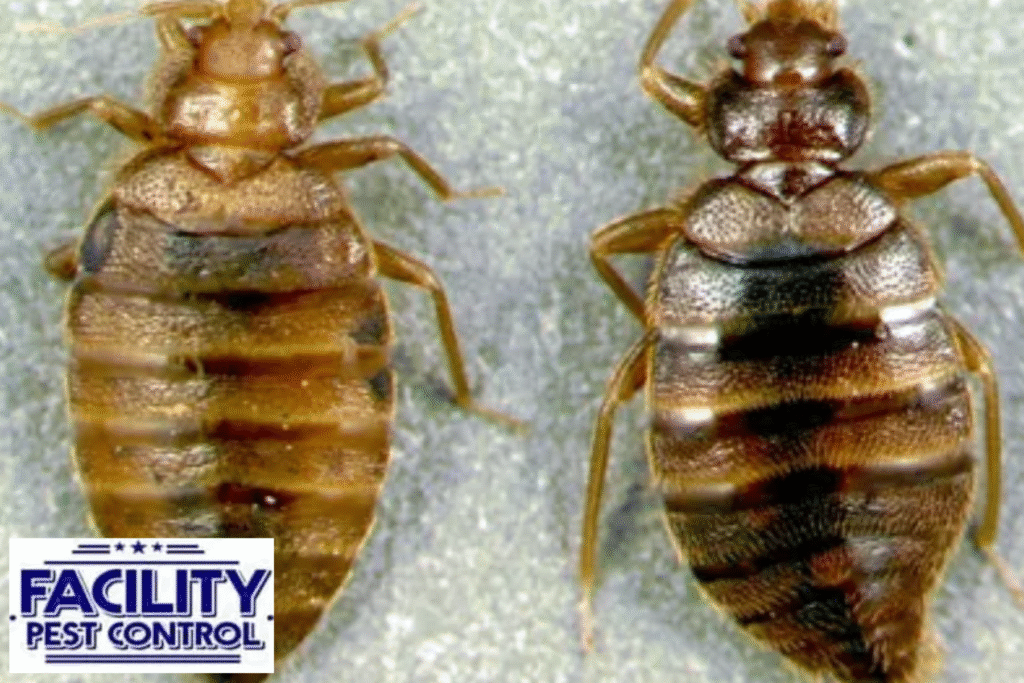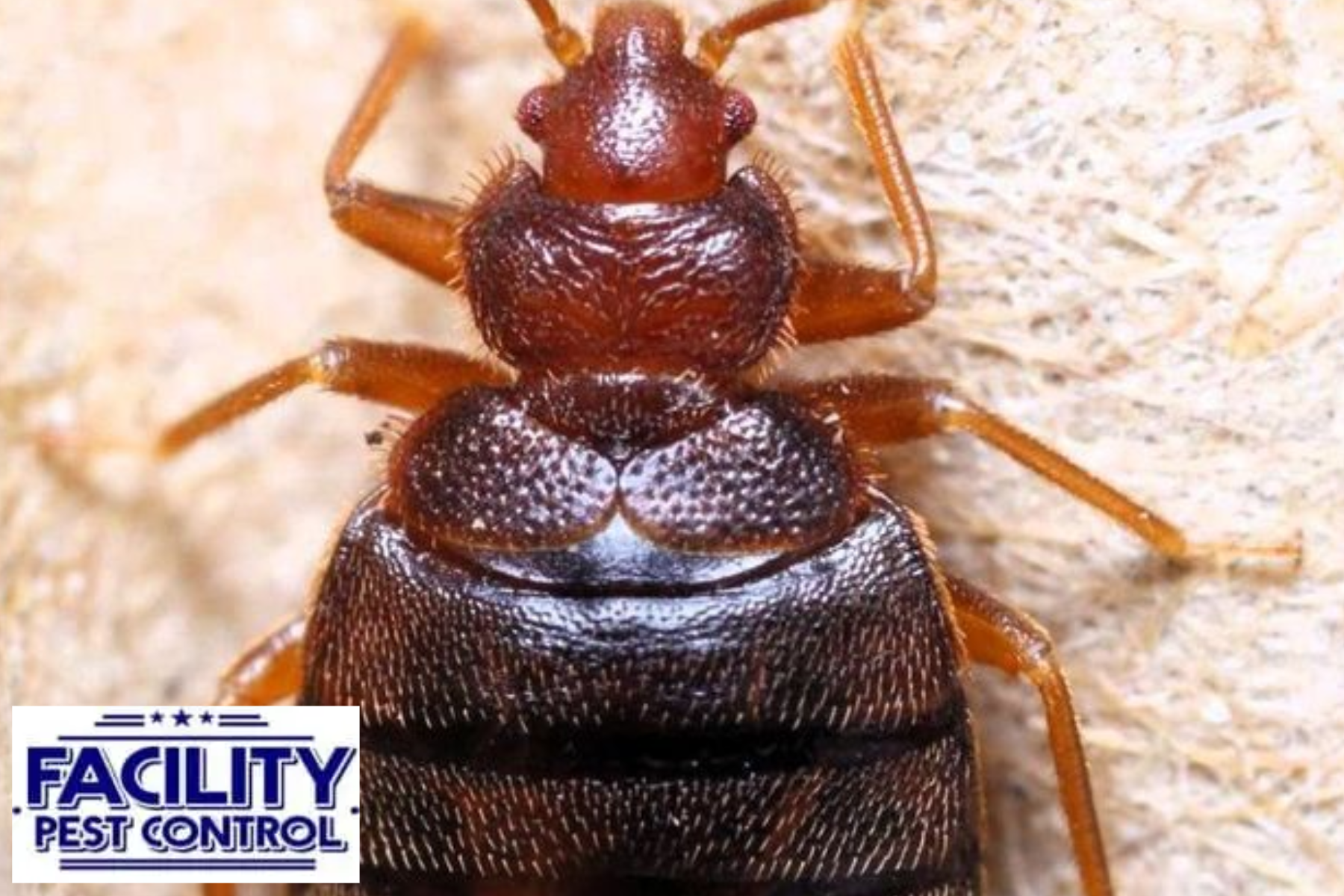Bed bugs are notoriously difficult to detect, especially in their early stages of life. Baby bed bugs, also known as nymphs, can be just as troublesome as their adult counterparts but are much harder to spot due to their small size and elusive behavior. Understanding where these tiny pests hide and learning how to spot their infestations can help you protect your home and loved ones from a potentially frustrating and costly problem.
In this article, we will explore the hiding places of baby bed bugs in your home, focusing on bedrooms and living rooms, and provide useful tips for detecting infestations early.
What Are Baby Bed Bugs?
Baby bed bugs are the immature forms of adult bed bugs, typically referred to as nymphs. These nymphs hatch from eggs laid by adult bed bugs and undergo five stages of development before they become fully grown. At each stage, the nymphs increase in size but remain small, measuring just 1 to 5 millimeters in length. Initially, they are almost translucent, making them difficult to see with the naked eye.
Despite their small size, baby bed bugs are still capable of biting and feeding on blood, and they will continue to grow and molt until they reach adulthood.
How Do Baby Bed Bugs Enter Your Home?
Bed bugs are excellent hitchhikers, often entering homes through luggage, used furniture, or clothing. Once inside, they seek out cozy hiding spots near human sleeping areas, where they can feed undisturbed at night. It’s essential to inspect your home thoroughly if you suspect a bed bug infestation, particularly in areas where these pests are known to hide.
Common Hiding Spots for Baby Bed Bugs
Baby bed bugs tend to hide in cracks, crevices, and other hidden spaces, often near places where humans sleep or rest. Here are some of the most common hiding spots for these tiny pests:
1. Mattresses and Box Springs
The most common hiding place for baby bed bugs is inside mattresses and box springs. Bed bugs, both nymphs and adults, often reside in the seams, folds, and crevices of these surfaces. They can also hide under the mattress tag or inside small tears or holes in the fabric.
To spot baby bed bugs in this area, carefully inspect the entire surface of the mattress and box spring, looking for tiny, pale bugs, dark spots of bed bug excrement, or shed skins from molting.
2. Bed Frames and Headboards
Bed frames and headboards provide an ideal hiding spot for bed bugs. These insects can slip into the cracks and joints of the frame, particularly near the legs, where they are harder to detect. Be sure to check underneath and inside the bed frame and along the headboard for any signs of bed bugs, such as dark spots, eggs, or live insects.
3. Couch Cushions and Furniture
Living rooms are another hotspot for baby bed bugs, particularly in upholstered furniture. These pests can hide in the seams of cushions, under the fabric, and in any crevice in the couch or chair. If you suspect an infestation in your living room, carefully lift cushions and inspect hidden areas beneath or inside the furniture.
4. Cracks and Crevices in Walls or Floors
Baby bed bugs can crawl into even the smallest cracks and crevices in walls, floors, and baseboards. These insects are excellent at hiding in these tiny spaces, where they can lay eggs and wait until nightfall to feed. Inspect the walls and floors around your sleeping area for any signs of bed bugs, especially near cracks, corners, or areas where the paint may be chipped.
5. Curtains and Draperies
Drapes and curtains are often overlooked during a bed bug inspection. However, bed bugs may hide in the folds of the fabric or behind the curtains themselves. Check both sides of the curtains and any hardware used to hang them. Baby bed bugs can also crawl into the cracks where the curtain rod meets the wall.
6. Electronics and Electrical Outlets
It might surprise you, but baby bed bugs can even hide in electrical outlets, behind light switches, or in the crevices of electronics. These areas provide warmth and darkness, making them appealing hiding spots for these pests. If you’re dealing with a stubborn infestation, it might be worth inspecting these areas carefully.
How to Spot Baby Bed Bugs in Your Home
Detecting baby bed bugs early can save you from the hassle of a full-blown infestation. Here are some effective strategies for spotting them in your home:
1. Look for Physical Evidence
- Fecal spots: Baby bed bugs excrete dark, rusty-colored spots after feeding. Check your bedding, mattresses, and furniture for these tiny stains, which may indicate their presence.
- Shed skins: As baby bed bugs grow, they molt and leave behind transparent, empty exoskeletons. These shed skins are often found in the areas where they hide, so be on the lookout for them.
- Eggs: Bed bug eggs are small, white, and oval-shaped. While they are harder to see than the bugs themselves, they are often found near the cracks and seams where bed bugs hide.
2. Check for Bites and Allergic Reactions
Bed bugs bite at night while you are sleeping, usually leaving behind small, itchy red welts. While baby bed bugs may not bite as aggressively as adults, their bites can still cause skin irritation. If you wake up with unexplained bites on your arms, legs, or torso, it could be a sign of a bed bug infestation. Small red bugs could be an indication that you’re dealing with these pests.
3. Use Bed Bug Traps
Bed bug traps can be placed near the edges of your bed or furniture to catch any bed bugs, including baby ones, as they travel. These traps are non-toxic and can help you identify areas of high activity. Check these traps regularly to assess whether you have an infestation.
4. Monitor the Room at Night
Since bed bugs are nocturnal creatures, the best time to detect them is at night. Use a flashlight to inspect your bedding, mattress, and furniture for movement or tiny bugs that may be coming out to feed.

What to Do If You Find Baby Bed Bugs
If you spot baby bed bugs in your home, it’s important to act quickly. Here’s what you should do:
1. Call Bed Bug Control Experts
If you find signs of baby bed bugs, it’s best to contact a bed bug control near me specialist who can assess the severity of the infestation and implement targeted treatments. Bed bugs are notorious for being hard to eradicate, so a professional pest control service can help you get rid of them effectively.
2. Clean and Declutter Your Home
Regularly vacuuming your home, especially the areas where bed bugs are likely to hide, can help remove any eggs or nymphs. Be sure to dispose of the vacuum bag outside immediately after use. Decluttering your home can also make it easier to spot and treat any potential hiding spots.
3. Use Safe and Effective Bed Bug Treatments
There are various treatments available, from sprays and powders to heat treatments and steamers. However, it’s crucial to choose methods that are effective and safe for your family and pets. A professional pest control Brentwood CA service can recommend the best approach for your situation.
About Facility Pest Control
At Facility Pest Control, we understand how frustrating and overwhelming a bed bug infestation can be. As a local, family-owned business, we offer specialized Brentwood pest control services, including bed bug control, for homes and businesses. Our team provides comprehensive treatments tailored to your needs, ensuring that your property remains pest-free.




